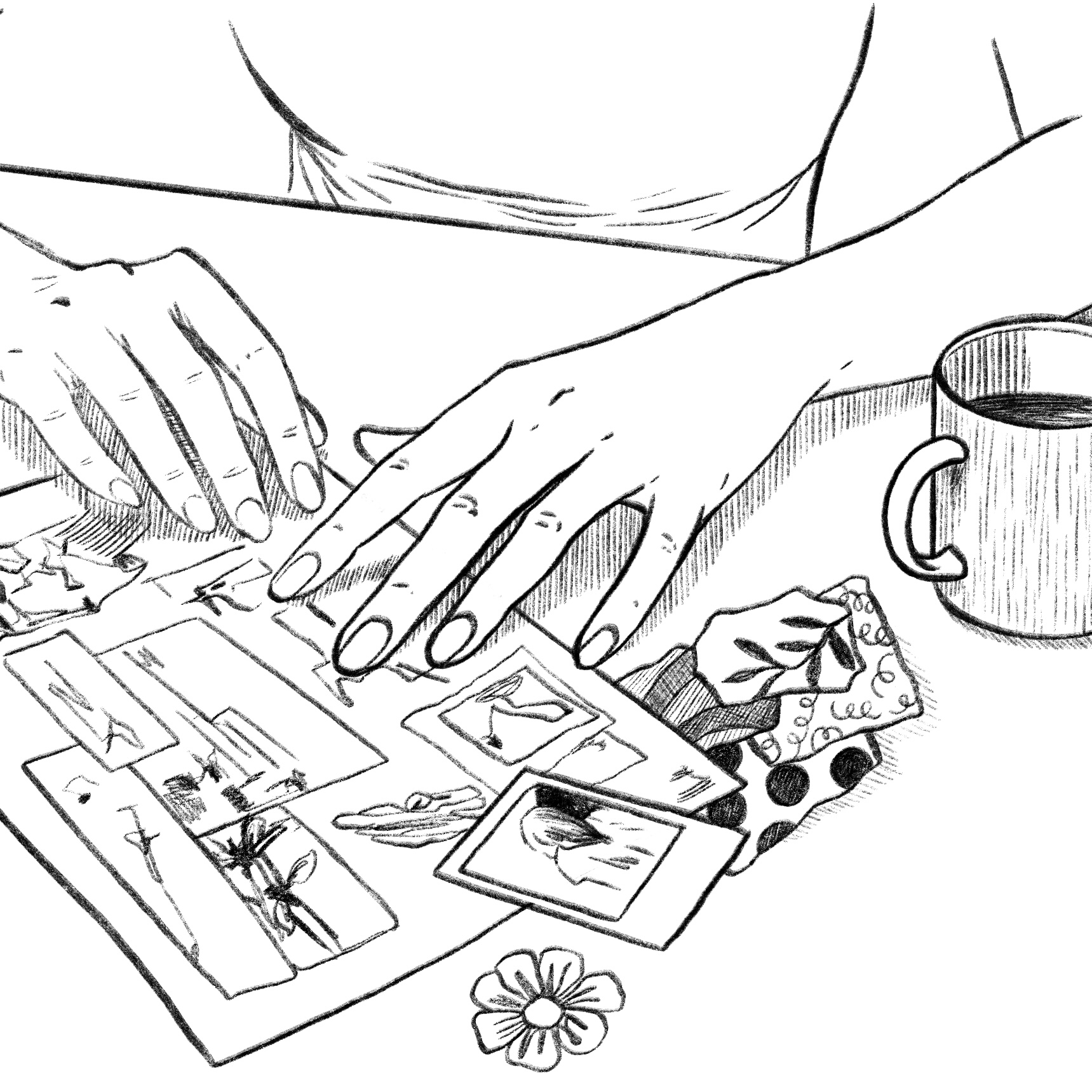Colour surrounds us every day, from the natural hues of the sky and earth to the artificial tones in our homes and clothing. Yet, how often do we stop to consider the profound impact these colours have on our emotions, thoughts, and overall well-being? The psychological effects of colour are deeply rooted in both our biology and cultural conditioning, influencing everything from our mood to our energy levels. In this post, we’ll explore the therapeutic power of colour, delving into how different hues can shape our mental state and how you can harness this power to enhance your well-being.
The Science Behind Colour Psychology
Colour psychology is the study of how colours affect our feelings and behaviours. While the impact of colour can be subjective, depending on personal experiences and cultural differences, certain colours tend to evoke specific emotions across the board. For instance, warm colours like red, orange, and yellow are often associated with feelings of warmth, excitement, and energy. In contrast, cool colours such as blue, green, and purple are linked to calmness, relaxation, and introspection.
Research has shown that our response to colour is not just psychological but also physiological. For example, exposure to the colour red can increase heart rate and stimulate adrenaline production, which might explain why it’s often used in environments that require high energy or focus. On the other hand, blue has been found to reduce stress by lowering blood pressure and slowing down the heart rate, making it a popular choice for spaces designed for relaxation.
The Emotional and Mental Impact of Specific Colours
- Red: Often associated with passion, energy, and action, red can be a powerful colour to use when you need a boost of confidence or motivation. However, too much red can also lead to feelings of aggression or overwhelm, so it’s best used in moderation.
- Orange: A vibrant and cheerful colour, orange is known for its ability to uplift and energize. It’s a great choice for spaces where creativity and social interaction are encouraged. However, like red, it can become overstimulating if overused.
- Yellow: The colour of sunshine, yellow is linked to happiness and positivity. It can stimulate mental activity and inspire optimism, making it an excellent choice for workspaces or areas where you need to stay alert and focused.
- Green: As the colour most associated with nature, green is incredibly soothing and restful for the eyes. It promotes balance, harmony, and renewal, making it ideal for environments where you want to encourage calm and relaxation.
- Blue: Perhaps the most universally calming colour. It evokes a sense of peace and serenity, which is why it’s often used in bedrooms or meditation spaces. Lighter shades of blue can also inspire creativity and open communication.
- Purple: Long associated with luxury and spirituality, purple can help stimulate the imagination and inspire creativity. It’s a great colour for spaces where you want to encourage deep thinking or artistic expression.
Using Colour to Enhance Your Well-Being
Now that we understand how different colours can affect our mood and mind, let’s talk about how you can incorporate this knowledge into your daily life. Here are a few practical tips:
- Home Decor: Choose colours for your living spaces based on the mood you want to create. For instance, a soft blue or green in the bedroom can promote relaxation, while a splash of yellow in the kitchen can make mornings feel more cheerful and energizing.
- Wardrobe Choices: Use colour to influence your mood for the day. Feeling sluggish? Put on a red or orange outfit to boost your energy. Need to stay calm during a stressful day? Opt for blue or green clothing.
- Art and Creative Expression: Engage in art activities that allow you to explore different colours and their emotional impact. Painting, drawing, or even adult colouring books can be a therapeutic way to tap into the power of colour.
- Mindful Observation: Spend time in nature or other environments where you can observe the natural interplay of colors. Notice how different shades make you feel and try to bring those colours into your life in meaningful ways.













